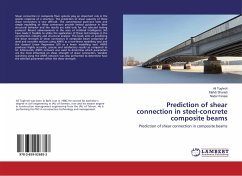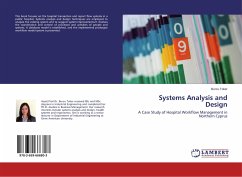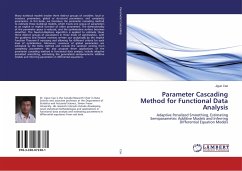
Analysis & Design of High Strength Reinforced Concrete Columns
Versandkostenfrei!
Versandfertig in 1-2 Wochen
47,99 €
inkl. MwSt.

PAYBACK Punkte
24 °P sammeln!
The use of high strength concrete for major construction projects has become popular due to in the advancement in concrete technology and the development of new types of mineral and chemical admixtures. High-strength concrete could lead to smaller member sizes for compression members and therefore provide considerable savings associated with material costs and reduction of dead loads. Moreover, due to the superior durability of high-strength concrete, considerable reduction of the maintenance efforts and an increase in the service life of the structure can be attained. However, most of the cur...
The use of high strength concrete for major construction projects has become popular due to in the advancement in concrete technology and the development of new types of mineral and chemical admixtures. High-strength concrete could lead to smaller member sizes for compression members and therefore provide considerable savings associated with material costs and reduction of dead loads. Moreover, due to the superior durability of high-strength concrete, considerable reduction of the maintenance efforts and an increase in the service life of the structure can be attained. However, most of the current design codes are still based on analytical or numerical models and experimental tests conducted using normal strength concrete. Recent studies indicate that the behavior of columns with high-strength concrete is different from that of normal-strength concrete. The main objective of this research is to investigate the behavior of high strength concrete columns subjected to compression and biaxial bending which will ultimately help in developing design aids for the analysis and design of such columns.












